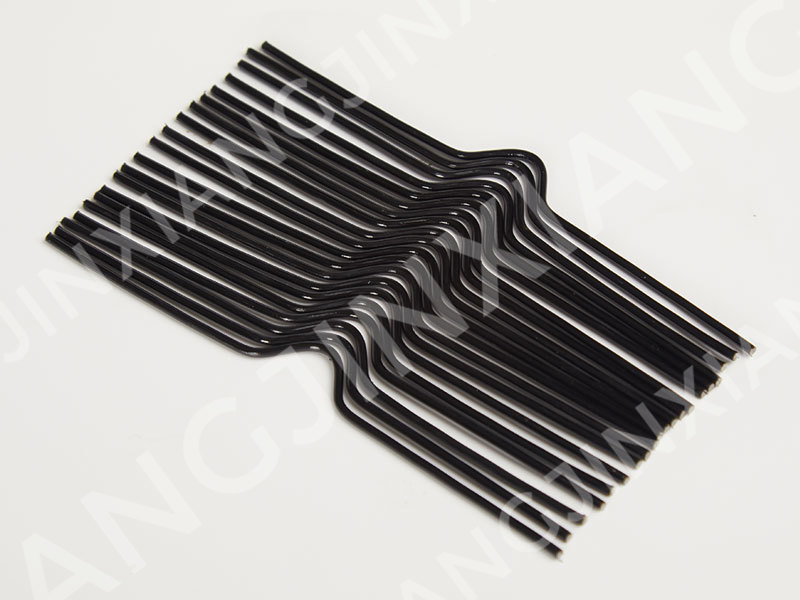1. Binding
The binding of loose-leaf notebooks is different from other binding methods. The inner pages of the book are not permanently bound together, but can be replaced or added or subtracted at any time. three-circle binding. Loose-leaf binding is a relatively simple binding method. You only need to punch holes in the direction of the number of circles on the binding edge of the inner page, and then put the inner page on. In addition, double coil is also one of the most common binding methods. Double coils, also known as "Wire O", at the end of the year [福], calendar cards, triangular calendars and books, etc., are mostly bound with double coils, which are very delicate; the holes are mainly square holes, and round holes are also used.
2. Coil binding
Coil binding is to open a row of holes on the binding edge of the printed sheet, and pass the coil through it to achieve the binding effect. Coil binding is usually considered fixed binding, but there are some plastic coils that can be removed without harming the inner pages and can be bound from scratch if needed.
3. Saddle stitch binding
Saddle stitches bind signatures together mainly through metal wires. In the process of binding, the signature is reversely covered on the conveyor belt, and the folding direction of the signature is upward, just like a saddle stitch, so it is called a saddle stitch. The binding position is usually in the folded position of the signature, and the number of staples depends on demand, usually two to three.


4. Thread binding
Threading and PVC Binding Rings is to sew each signature into a book with needles and threads. The needles used are divided into two types: straight needles and curium needles. The thread is a kind of blended thread, which is mixed with nylon and cotton thread, which is not easy to break and is firm. Manual threading only needs to use It is only used for large books and a small amount of account books, so many bookbinding factories use threading machines to tightly interlock each thread, which is called lock threading; semi-active threading machines have high production efficiency, and a few books are also It can be perfunctory, for hardcover album printing, those who need high quality and durability will use lock-stitch binding.





 English
English 中文简体
中文简体 Español
Español


















